Frederica Freyberg:
In pandemic news, this week the U.S. marked one million deaths caused by COVID-19 since the start of the outbreak. Now COVID-19 cases are on the rise again. 18 Wisconsin counties are newly designated with high levels of COVID community transmission, according to a new assessment tool from the Centers for Disease Control. Barron County in northern Wisconsin is one of these. We check in with Barron County Public Health Officer Laura Sauve. Thanks very much for being here.
Laura Sauve:
Thanks for having me.
Frederica Freyberg:
So the state reports that COVID cases have gone up at least 50% in the last two weeks. What kind of increases are you seeing in your county?
Laura Sauve:
We’re actually seeing in the last four weeks a fairly steady rate of cases. We’ve been in the high-risk range on and off for those four weeks as well.
Frederica Freyberg:
So what’s happening in Barron County to your understanding?
Laura Sauve:
So we’re not seeing one large outbreak that’s spurring this. We’re really seeing, when we talk to people, that it still is spread mostly within a family unit or within social settings, people going to an event and now we’re seeing a couple of people coming down with this and then spreading it to other people within their social circle.
Frederica Freyberg:
So how concerning is this to you as the public health officer there?
Laura Sauve:
You know, I think we’re always concerned about anything that’s going to make people ill. Especially the reason that we’re in high risk is because we are seeing more hospitalizations, and the CDCs new designation takes into account the number of cases as well as how many people are being hospitalized and how many available hospital beds we have. So we’re always concerned just like from the beginning of the pandemic, where we wanted to slow the curve and protect our hospital systems, we’re really looking to protect our medical system so that, if I get in a car accident or have a heart attack, I can still get the quality care we’re used to.
Frederica Freyberg:
Have you seen any discernible change in preventive behavior, like indoor mask wearing as recommended by state health officials among the public there in response to this?
Laura Sauve:
I would say we don’t see a lot of mask wearing in our rural communities as a whole. That is the one thing that helps protect us and our neighbors that we would encourage people to continue to do, especially when we’re in this red high-risk time.
Frederica Freyberg:
Do you suspect that the numbers in your county and elsewhere are actually higher because many people test positive with these home tests?
Laura Sauve:
Oh, yes. We believe that our numbers are a vast undercount of the number of positive tests and positive cases that are actually circulating within our community at this time.
Frederica Freyberg:
Did public health officials like yourself think that we would be in this place again at this time? It kind of seemed like we had a handle on this.
Laura Sauve:
Right. I think the amount of hope we had in early 2021, when the new vaccines were coming out and we were so hopeful that we were going to see the ends of this through vaccination efforts, I think it’s been soul crushing, to be honest, that that didn’t come about. However, the people who are getting vaccinated and some of those people who have had previous infections are not getting, usually, as serious of infections this time around. So we still encourage people to get vaccinated.
Frederica Freyberg:
Because I note that Barron County has a fully vaccinated and boosted rate of 29%. That seems low to me. What’s your comment on that?
Laura Sauve:
We are seeing about half of our population who have had the initial dose of the vaccines, and we are actively at public health and our healthcare partners are actively offering the boosters and encouraging people to do that. Here at public health, we’re going into our long-term care facilities to make sure all of our most vulnerable residents are fully vaccinated and have had their first and second boosters. You know, we just continue to encourage people and make the vaccine as available as possible for people.
Frederica Freyberg:
You spoke to hospitalizations and how that has led to the high kind of category in your county. Is there a danger at this time that those hospitals are kind of reaching any kind of capacity?
Laura Sauve:
I have not seen that. However, I have seen it as northwestern Wisconsin, our healthcare emergency response coalition puts out a report on a weekly basis, and there are some concerns that some of our higher-level care facilities, where we might transfer someone who might be more severely ill, are seeing limited space again, so that ability to transfer the more seriously ill people may be limited. I would hate to give you the wrong information about our specific healthcare entities. But that’s what I know on a regional basis right now.
Frederica Freyberg:
All right. Well, we appreciate your work and your time talking with us on this, Laura Sauve. Thanks.
Laura Sauve:
Thank you.
Search Episodes
News Stories from PBS Wisconsin
10/31/25
Evers signs bill that would allow certain candidates to remove their names from ballots in Wisconsin

Donate to sign up. Activate and sign in to Passport. It's that easy to help PBS Wisconsin serve your community through media that educates, inspires, and entertains.
Make your membership gift today
Only for new users: Activate Passport using your code or email address
Already a member?
Look up my account
Need some help? Go to FAQ or visit PBS Passport Help
Need help accessing PBS Wisconsin anywhere?

Online Access | Platform & Device Access | Cable or Satellite Access | Over-The-Air Access
Visit Access Guide
Need help accessing PBS Wisconsin anywhere?

Visit Our
Live TV Access Guide
Online AccessPlatform & Device Access
Cable or Satellite Access
Over-The-Air Access
Visit Access Guide
 Passport
Passport


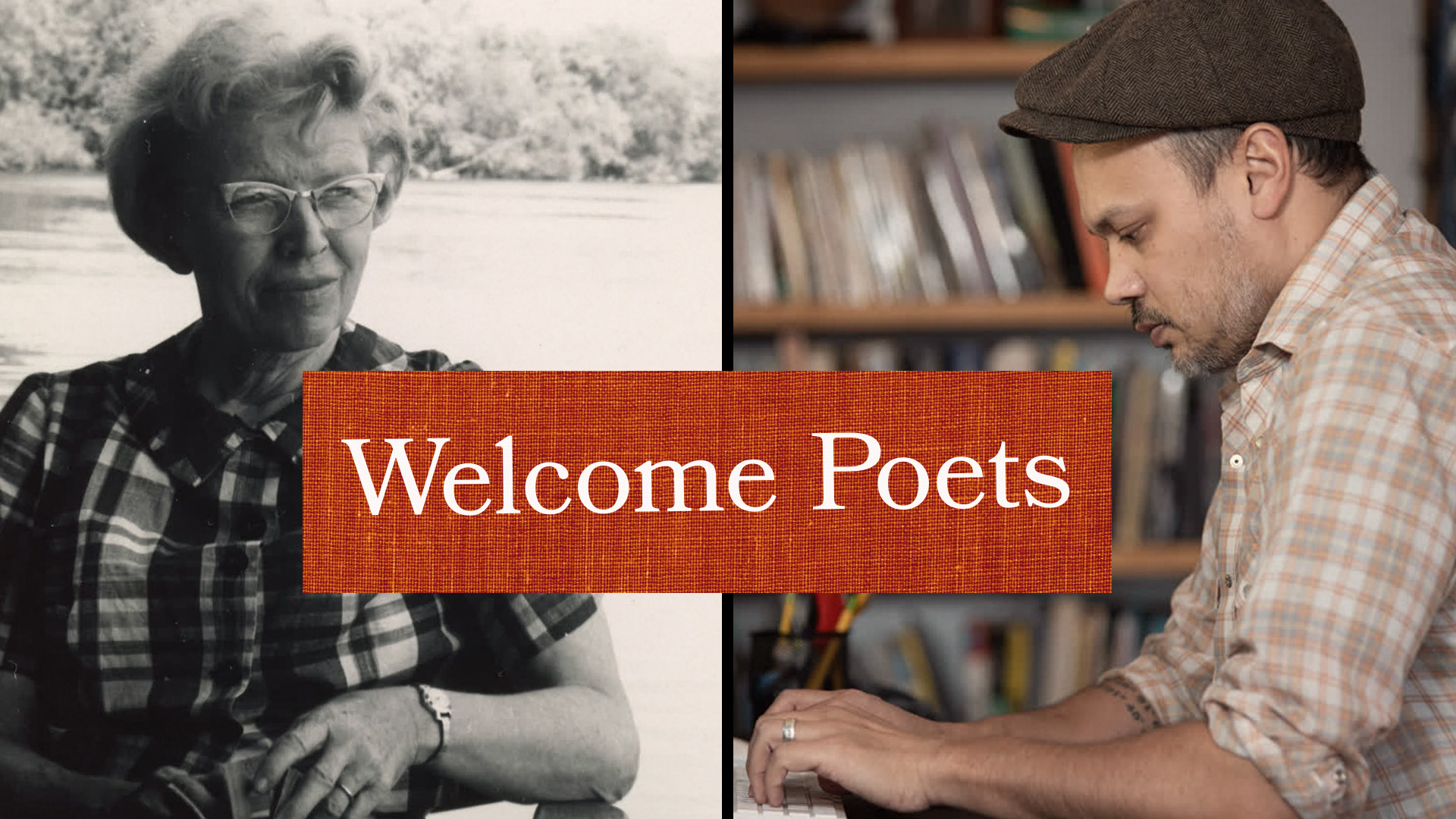


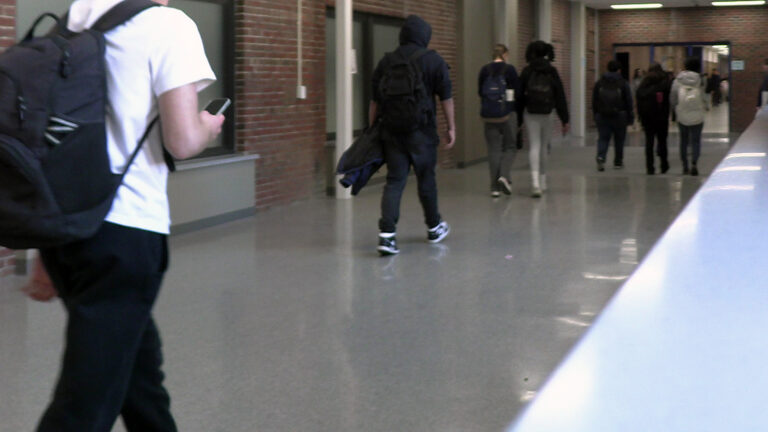

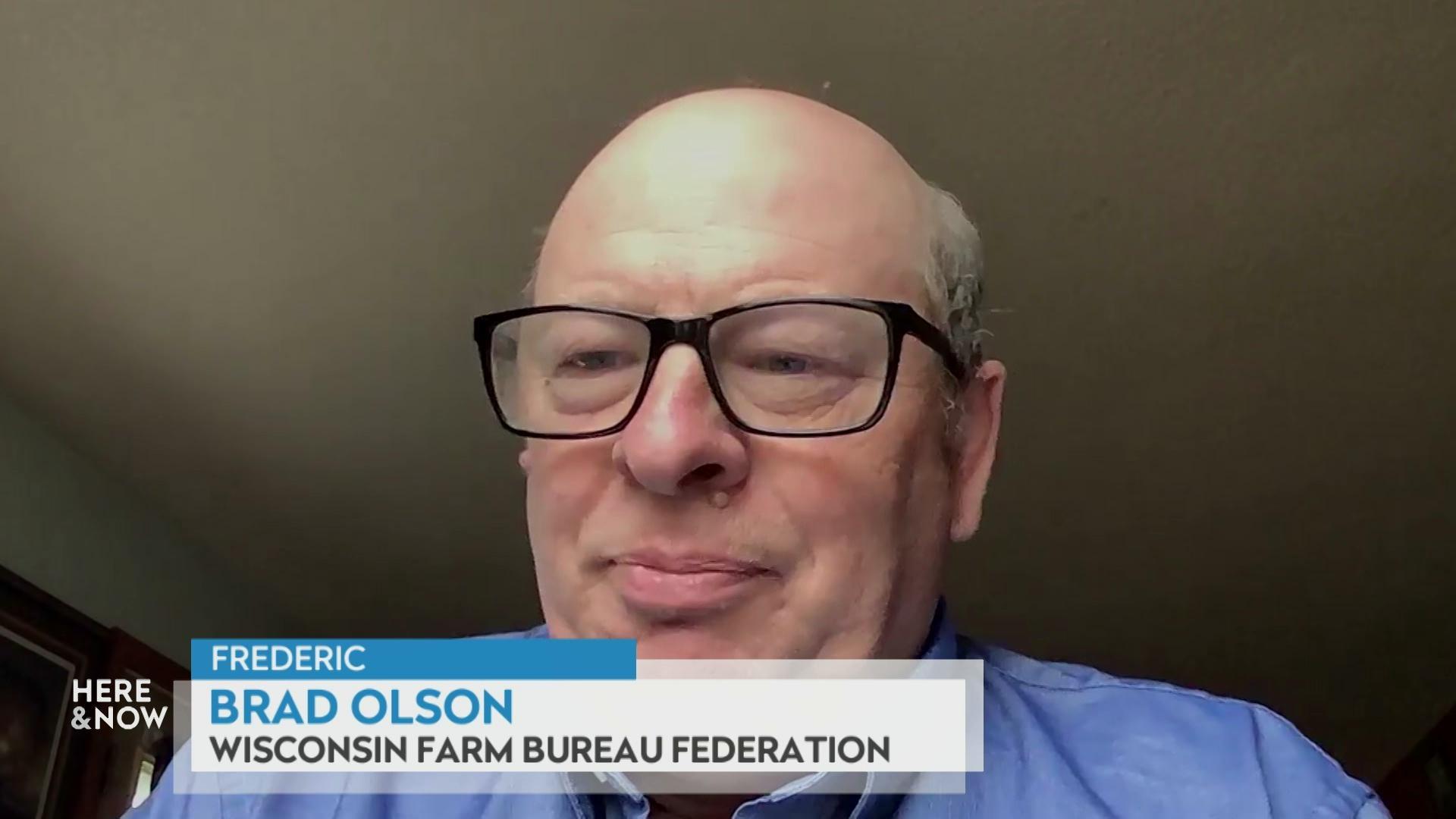
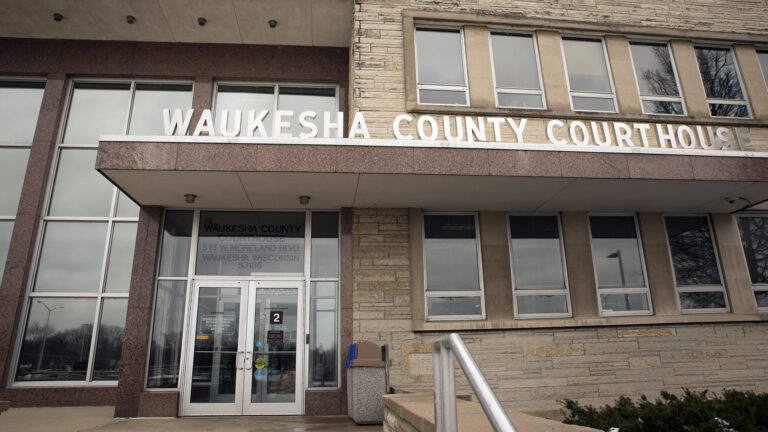
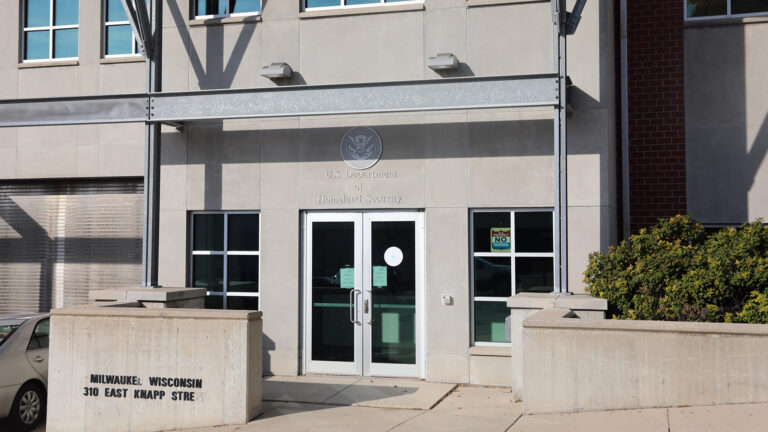


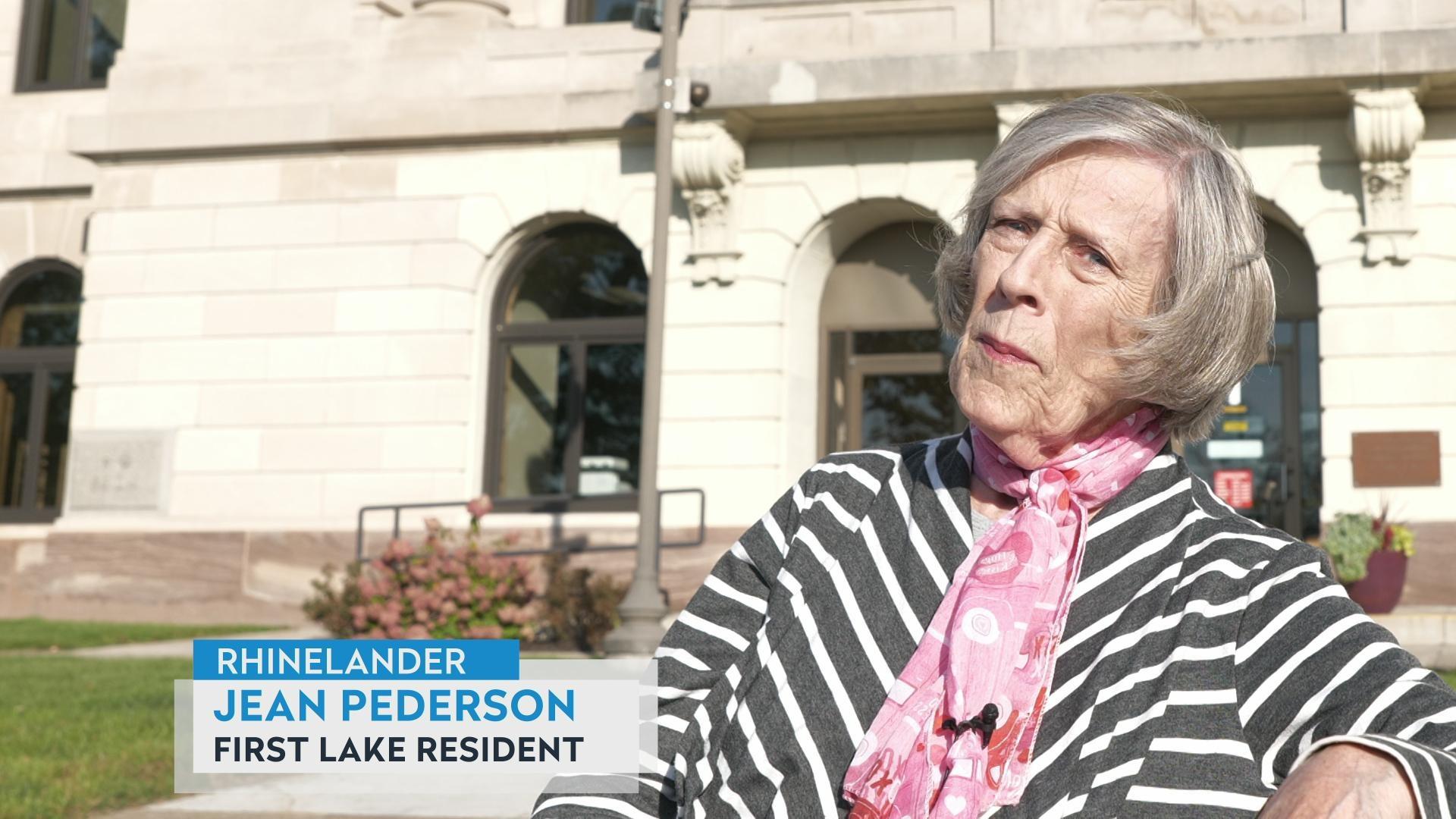

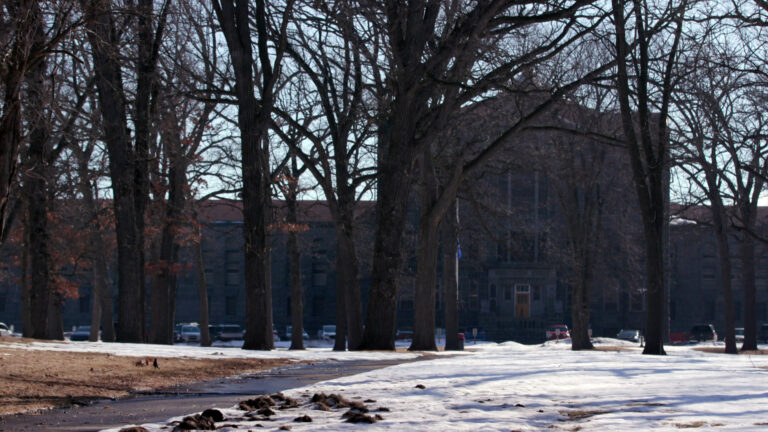
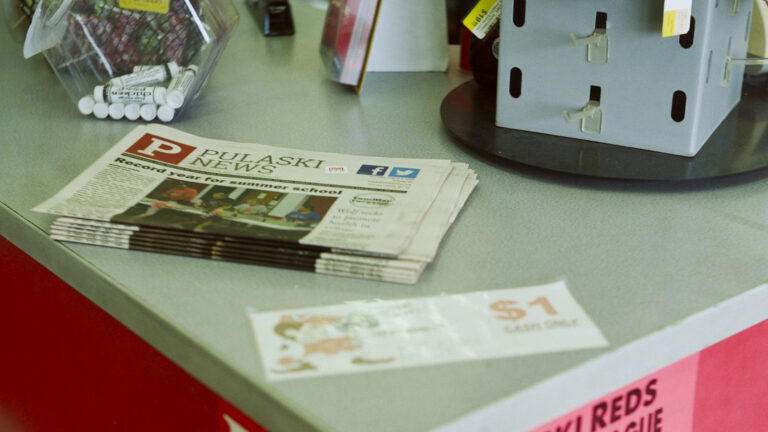
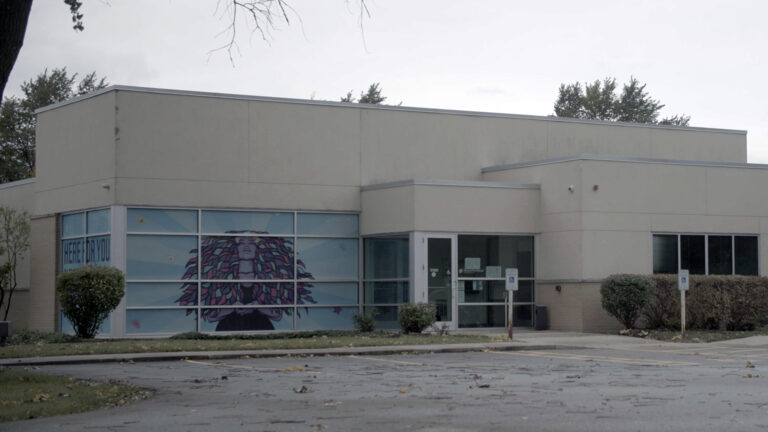

Follow Us